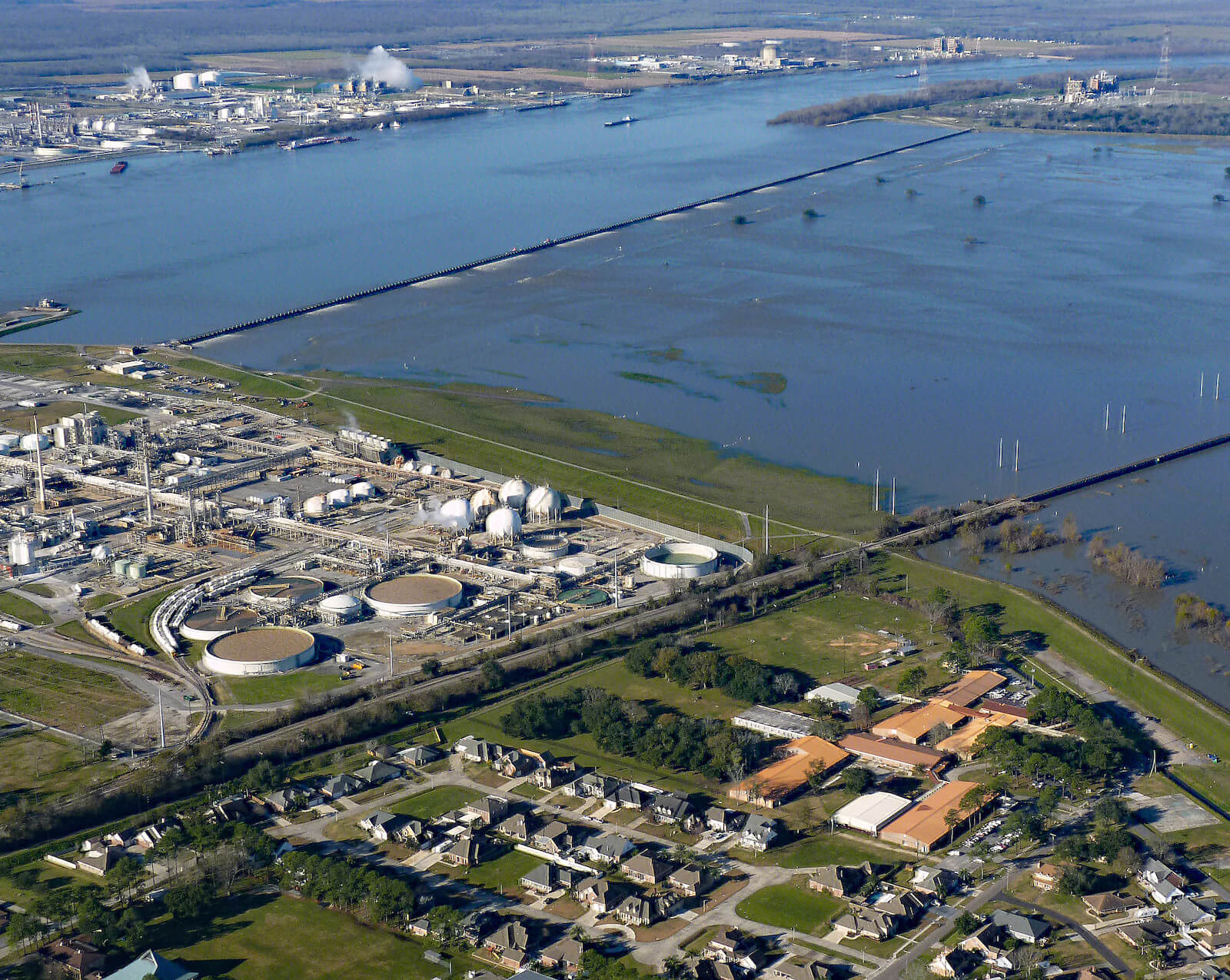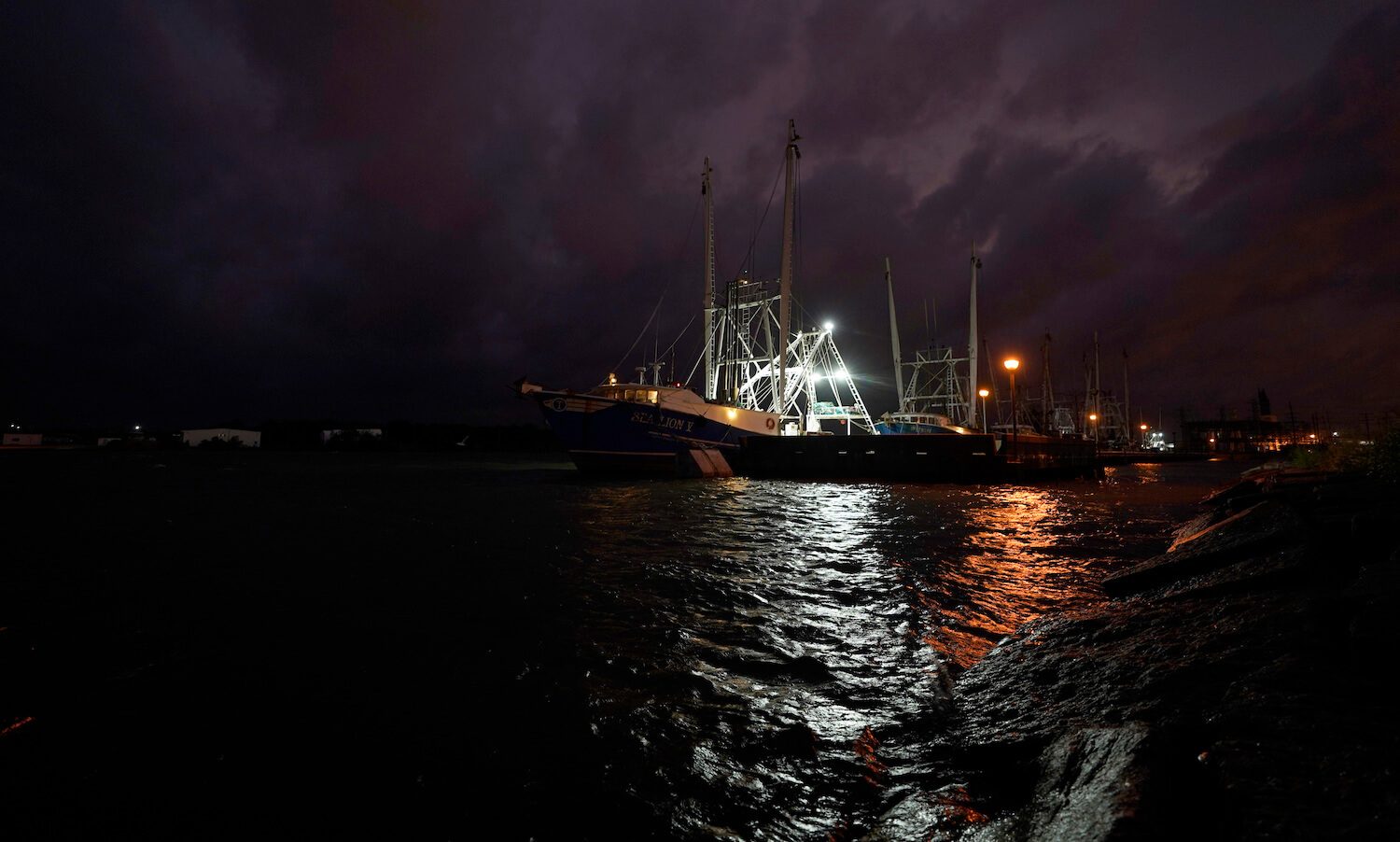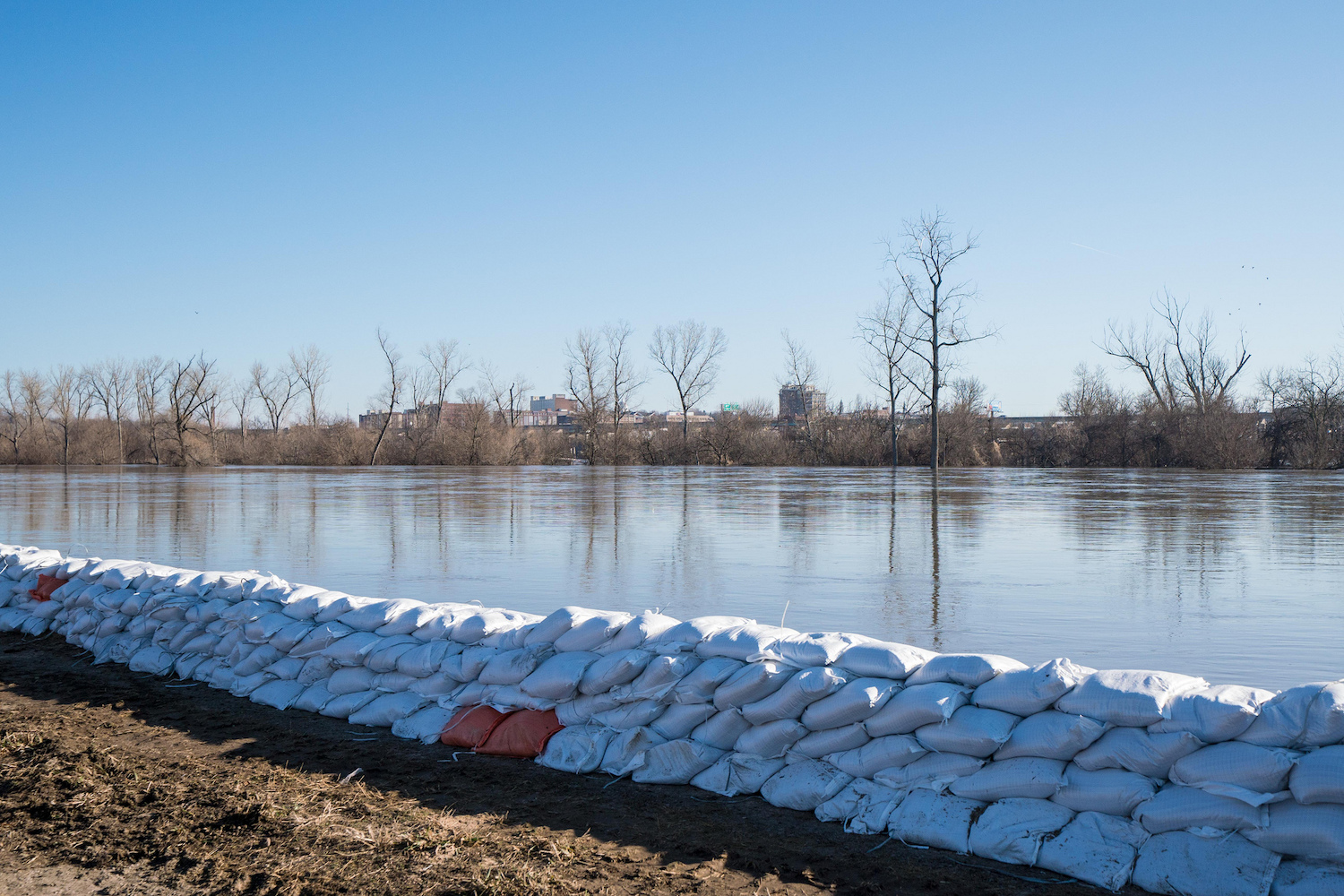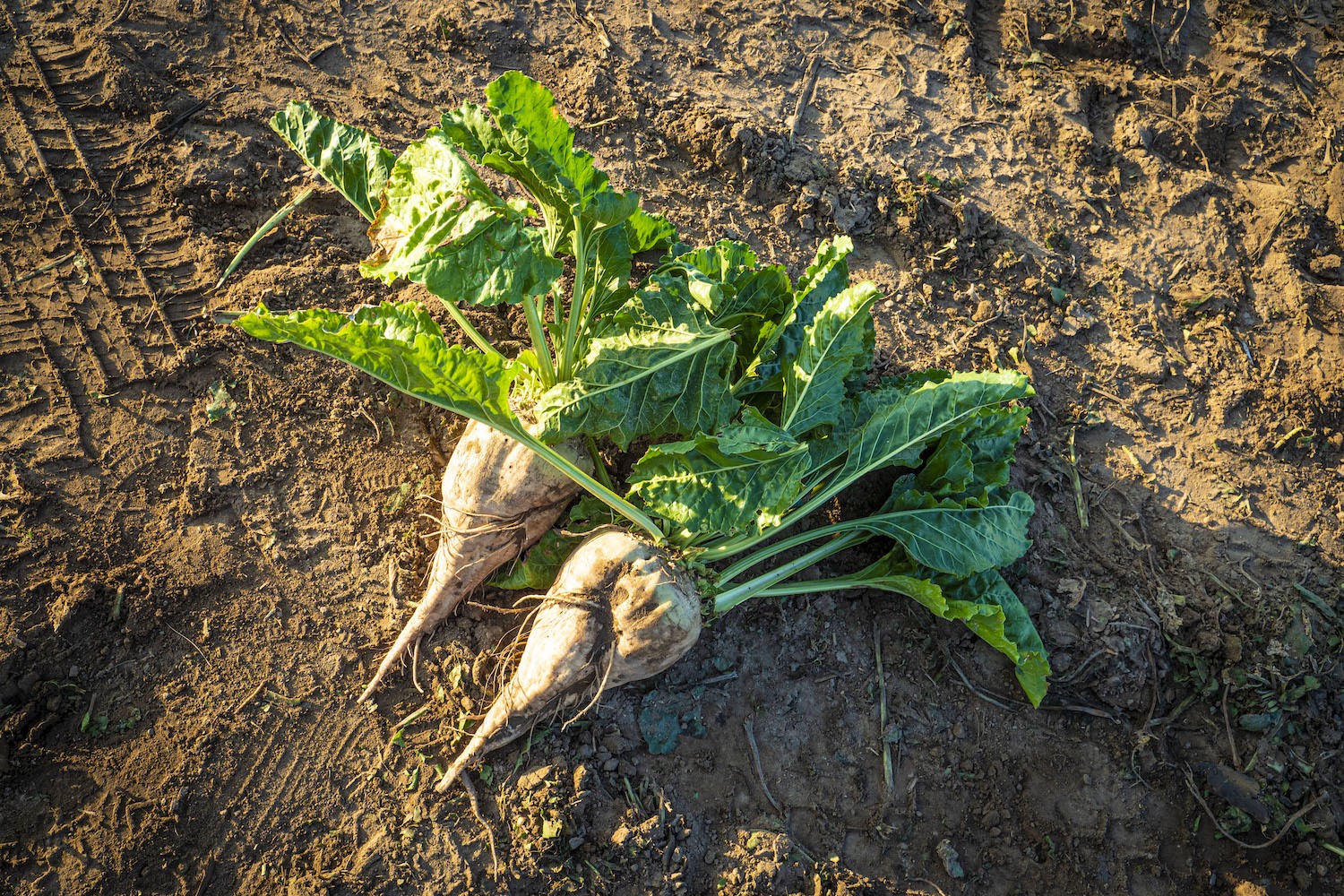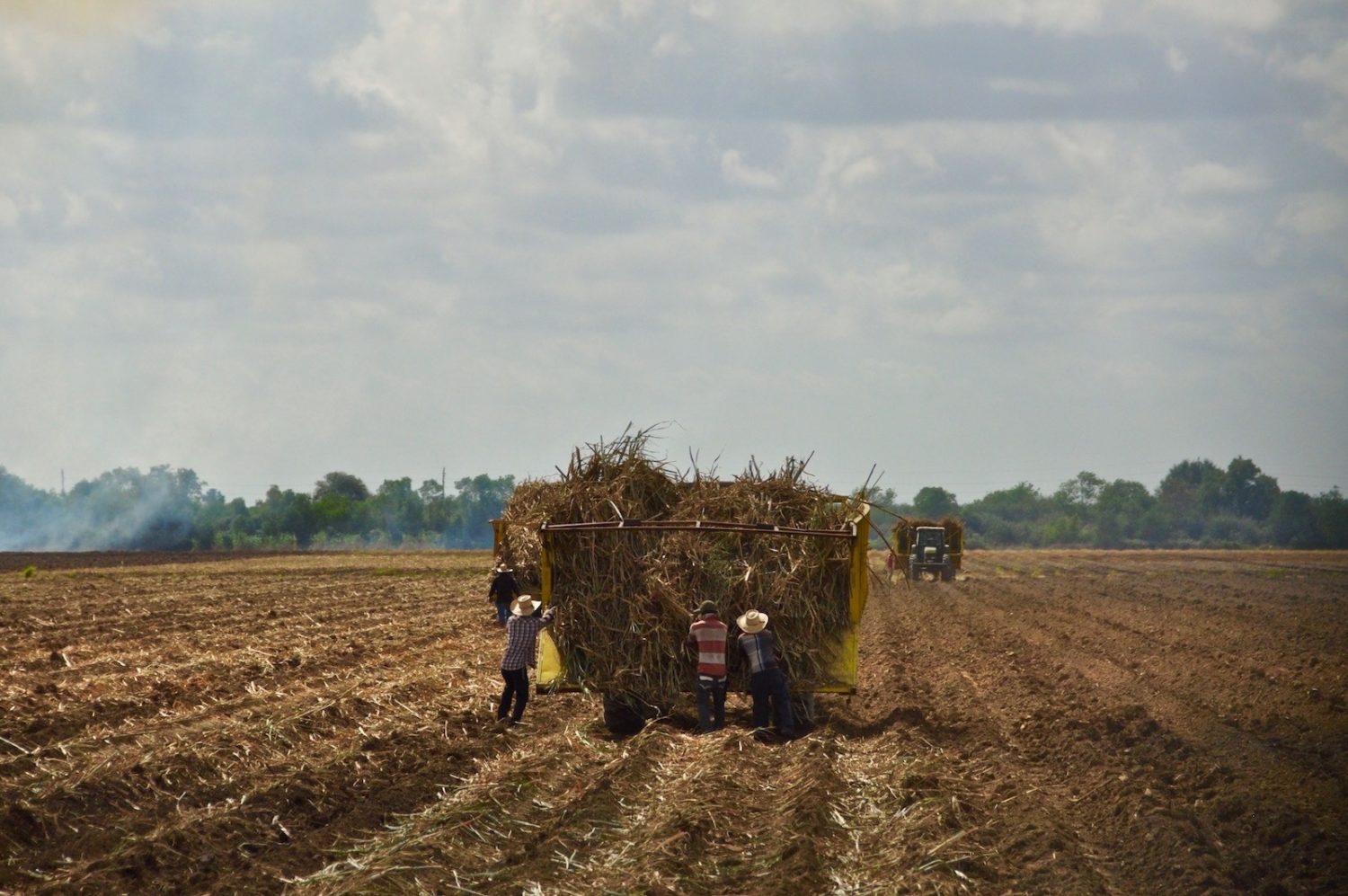America’s largest river swamp is in trouble. No one seems to know how to fix it
The Atchafalaya Basin defies any easy description. Covering nearly one million acres in south-central Louisiana, it is both a swamp and a river delta. It is the heart of Cajun country, an essential habitat for hundreds of species, and the site of a centuries-long ecological struggle, writes The Bitter Southerner, in an excellent piece on the latest heated battle over how to preserve the area. Nearly 200 years ago, Louisiana began to re-engineer the Atchafalaya to make way for steamboats to transport sugar from slave plantations. Widening the river sparked a “golden age” of the swamp-living Cajun lifestyle glorified in songs like “Jambalaya (On The Bayou).” Then came the Great Mississippi Flood of 1927, after which the U.S. Army Corps Of Engineers set out to prevent another disaster by making the lower basin the largest in a series of spillways to prevent the Mississippi from overflowing. Next, the Corps dredged a channel through the bayous and lakes of Atchafalaya, creating an opening in the basin so that water could pour into the Gulf of Mexico. Oh yeah, and it also erected a series of enormous levees (and we’ve never had problems with those, right?). Over the last 75 or so years, there have been numerous efforts to save the Atchafalaya Basin, as the ecological impacts of this massive feat of engineering continue to play out. In 2020, the state convened a task force of local stakeholders to create a master plan for saving the area. But the effort has been marred with controversy: including members disagreeing over what the Atchafalaya Basin actually is—let alone what constitutes an ecological problem or how to fix it. Needless to say, any serious new efforts to address problems in the area are likely a long way off. —Jessica Terrell
